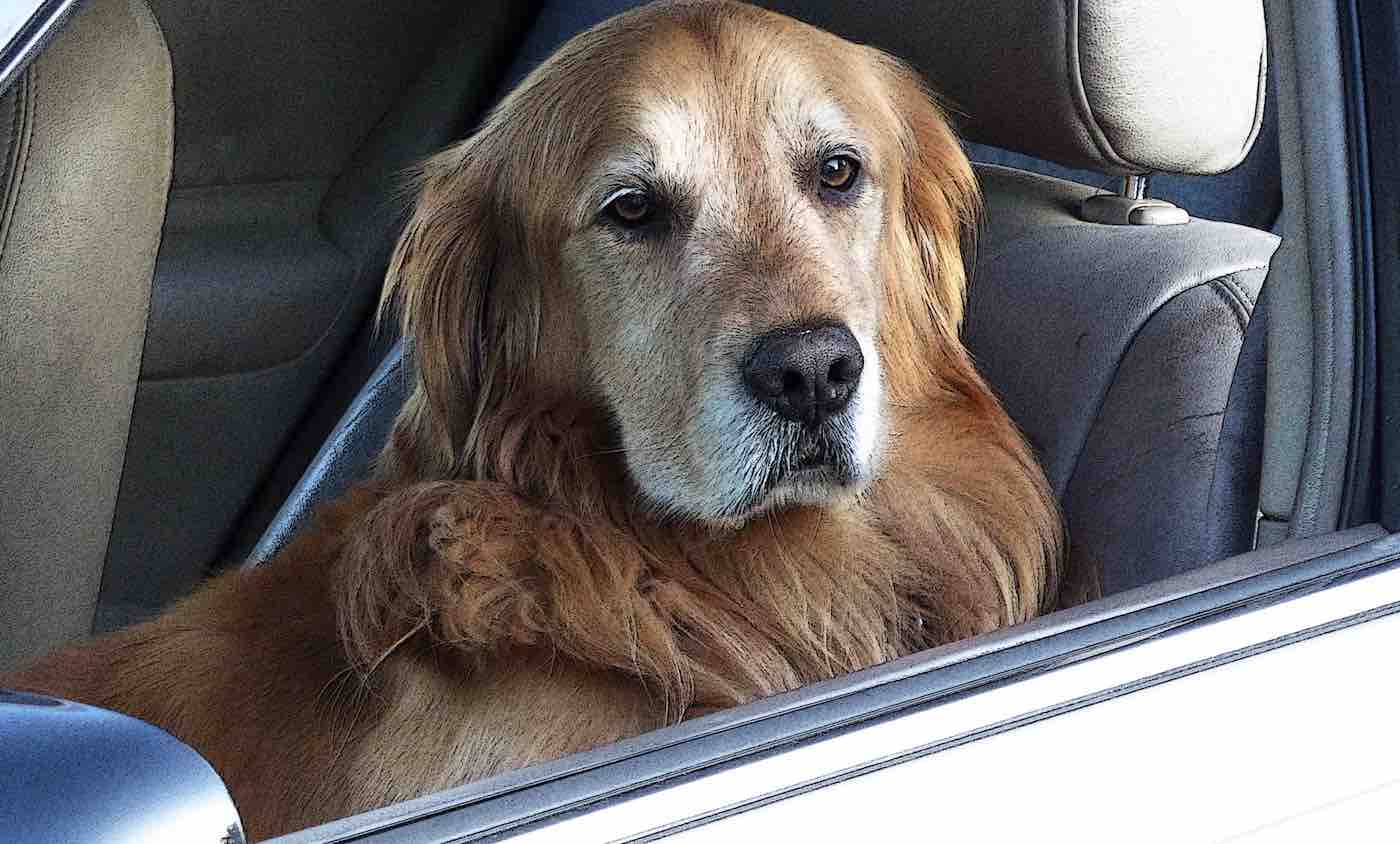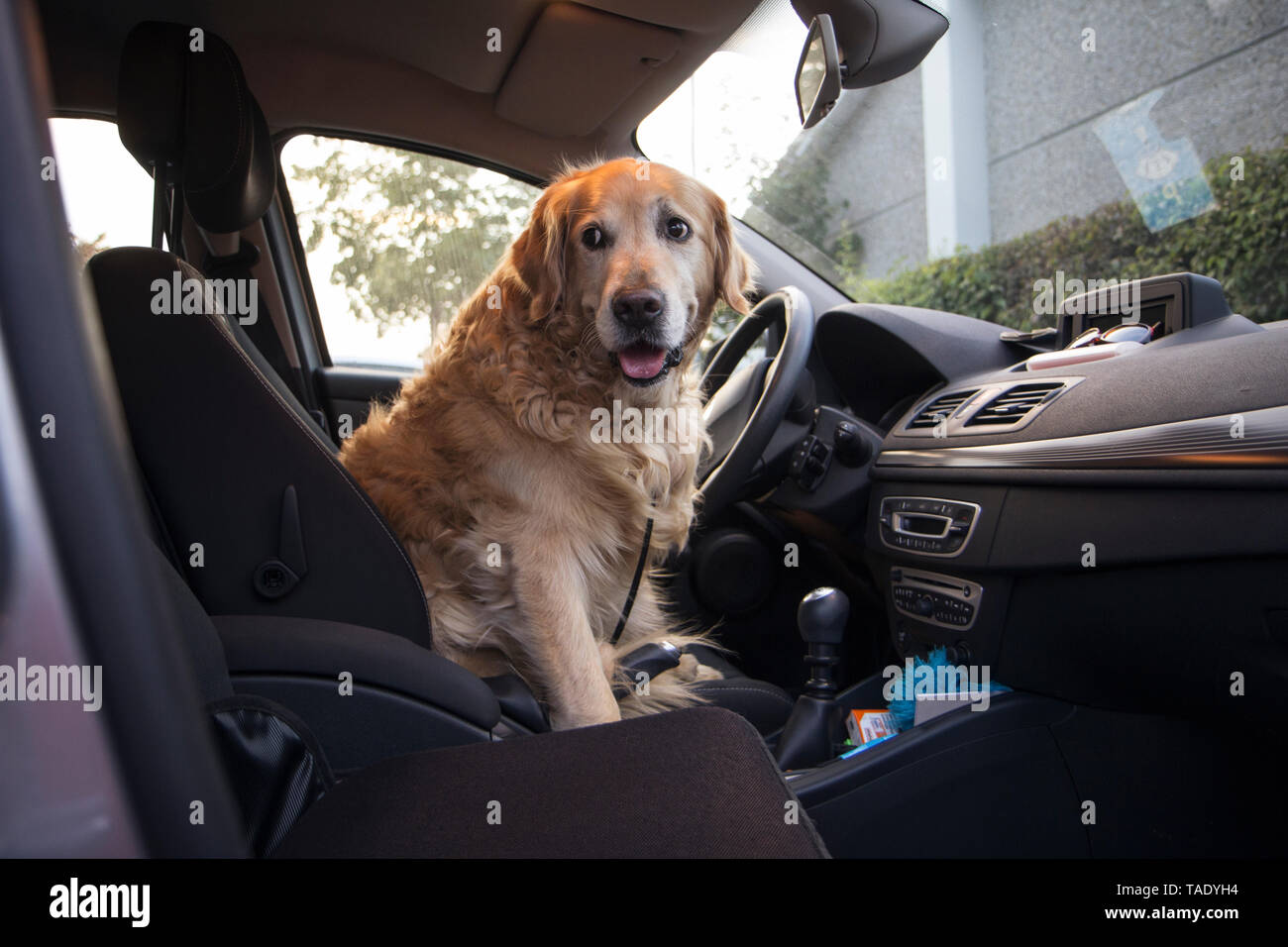
Driver Gold
The estimated salary for a Parts Driver is $13.66 per hour in Golden, CO. Learn about salaries, benefits, salary satisfaction and where you could earn the most. Golden State Freight is committed to our customers AND our drivers. With a guarantee to pay on time, Golden State Freight offers a great alternative to overnight driving. If you have a desire to be home every night and a clean driving record, come see what Golden State Freight has to offer. Golden State Freight is committed to our customers AND our drivers. With a guarantee to pay on time, Golden State Freight offers a great alternative to overnight driving. If you have a desire to be home every night and a clean driving record, come see what Golden State Freight has to offer.
Information on Novel Coronavirus
Getting your drivers license is “essential” and we are open!

***Update 6/18/20*** DMV posted reopening guidance! 🚘🚦
Golden Crown Driving School will begin in-car lessons in phase 3. The DMV will re-open road tests in phase 3. Please visit https://goldencrowndriving.com for our updated class schedule.

Please call us if you have any questions, we are answering the phone 9am-5:30pm 914-949-0419.
Select Your Driving Class:
Golden Crown Driving School offers 5 Hour DMV Approved Courses for Pre Licensing (MV-278), CDL Training for Class B License for Truck and School Bus Drivers. You can also take in car private driving lessons or a defensive driver’s course. Golden Crown is here to keep your skills sharp and your driving skills at their best.

The Golden Crown Driving School has been in business for over 35 years. During this time we have helped many people learn to drive the right way. We provide professional, private driving lessons for people who are just learning to drive, for people who have experience and want advanced driving techniques, and for people with disabilities who have special needs.
Our highly trained staff is available 6 days a week to accommodate the need of our students.We also offer the 5 Hour Pre-Licensing Course as well as the Defensive Driving Course in 4 locations. White Plains, Mt. Kisco, Yorktown and Carmel, NY. The Golden Crown Driving School has been licensed and listed by the New York State Motor Vehicle Bureau since 1978.
All our vehicles are new and are equipped with dual-controlled brakes. Our priority is to train our students to become safe drivers and instill confidence so that when it comes time for the road test our student’s can successfully pass. In vehicle assessment for re-evaluation of driving skills and people with disabilities.
August 4, 2010 | in Defensive Driving OnlineHow safe a driver are you? According to a recent AAA Traffic Foundation Survey, three out of four drivers say that they consider themselves safer drivers than others on the road, an interesting fact. If we were really all as safe as we think we are, then automobile accidents wouldn’t be one of the leading causes of death in the US. In the end, thinking that we are safe drivers, and safer drivers than the other drivers around us, can actually cause problems, particularly when this attitude escalates into aggressive driving or road rage. We’re all human, and no matter how hard we strive to be safe drivers, we’ll all make mistakes. Learning to handle mistakes, both ours and others, can help to ensure that little problems don’t escalate into bigger ones.
As I’ve emphasized before, staying calm and reducing stress while on the road will not only make your trip happier, but will also help to keep your safe. For most of us, driving seems like a pretty routine activity. However, we shouldn’t let familiarity lull us into a false sense of security. I was walking near a highway the other day and was amazed by the speed of the cars rushing past me: it was really terrifying!
Your emotional state can actually have a huge impact on your driving. Try remembering a time when you were really overwrought: terribly upset, perhaps after experiencing a significant disappointment or loss, or extremely happy. When I think back on times like these, my memories are always really “dim”, as though I’m watching things from far away. This is because intense emotional states actually reduce your ability to observe and focus on events around you. Driving in the grip of strong emotions can actually be worse than driving with a cell phone. Drivers experiencing strong emotions are less likely to react quickly to hazards, observe their surroundings clearly, and predict what other drivers will do; at the same time, these drivers are more likely to make risky or sudden maneuvers and to feel as though they are detached from other cars and drivers on the road, which can lead to reckless behavior.
While some people may see driving as a calming activity, it’s a good idea to cool down before you get behind the wheel. If you’re experiencing strong emotions, try to postpone driving, if it is possible to do so. At the very least, give yourself time for a few deep breaths, a short walk, or another kind of focus activity before getting in the car.
Once you’ve started driving, try to maintain an even keel emotionally. First, avoid situations that will stress you out. If you hate driving in traffic, do your best to alter your schedule so that you can avoid peak rush hour traffic or find detours to avoid the most congested spots. Next, be tolerant of other drivers. Don’t be an aggressive driver, and, if you do encounter aggressive drivers, try to get out of their way without provoking a confrontation.
According to one National Highway Traffic Safety Administration survey, aggressive driving contributed to 56% of fatal accidents between 2003 and 2007. This is a huge issue! Technically, aggressive driving is slightly different from road rage. Road rage is used to refer to incidents that result in criminal offenses; aggressive driving describes a range of unsafe driving practices. Drivers who bend or break the rules of the road and ignore common courtesy, for example, by speeding, tailgating, failing to signal, etc., are aggressive drivers.
As I mentioned at the beginning, most of us think of ourselves as safe drivers, not aggressive ones. However, we all have an inner aggressive driver waiting to be unleashed. For many of us, our cars are places where we would like to feel secure, in control, and free. I remember buying and driving my first car; after years of using substandard public transportation, it was a very liberating experience! While this independence and control can be great, we also need to be tolerant of those we share the road with.
A lot of “road rage” incidents actually begin with an instance of aggressive driving that then escalates. For example, one car cuts off another on an entrance ramp. The driver of the car who has been cut off takes this incidence as a personal slight, and decides to show his or her displeasure by tailgating the car that cut him or her off. If the first driver responds in a similarly emotional fashion, the incident can escalate into a serious confrontation.

Remember that it’s not up to you to enforce the rules of the road. While you may not like the way others drive at times, try to give people the benefit of the doubt and don’t respond to aggressive driving by becoming an aggressive driver yourself. Instead, take a zen attitude to dealing with other drivers. If someone is tailgating you, switch lanes and allow the other driver to pass. If you get cut off, take a deep breath and let it go. You’ll be happier, saner, and safer in the long run.
Also bear in mind that every driver is a potentially aggressive, emotional, and confrontational drive, and you never know what someone may do if provoked. Avoid behaviors that can annoy other drivers, even trivial ones, such as:
• Driving slowly in the left-hand or passing lanes
• Honking as soon as a light changes
• Cutting off other drivers
• Using high beams near other drivers
• Failing to signal
• Tailgating
• Displaying offensive signs or bumper stickers
• Making gestures that could be perceived as offensive, even if they aren’t directed at other drivers
If another driver does attempt to engage in a confrontation with you, ignore him or her. Don’t respond to any attempts to provoke you and try to move away from the aggressive driver as quickly as possible. If an angry driver starts to follow you, don’t go home. Instead, head for the nearest police station or other busy place where people will be able to help you.
Remember that fatal accidents and confrontations can begin with fairly silly confrontations. Don’t let this happen, be tolerant, calm, and in control. Extend to others the courtesies you hope they will extend to you, but don’t get upset if other drivers don’t always return the favor. The Golden Rule? Tolerate others’ mistakes, just as you hope others will tolerate yours.
To learn more about this topic, or a broad range of subjects from “How To Change A Tire” to “How To Jumpstart Your Car”,visit DefensiveDriving.com’s Safe Driver Resources website!
Check out our defensive driving courses for more information about online defensive driving in Texas, California, Florida, and New Jersey.
← Inattentional Blindness | What’s it take? →Driving Golden Spike
